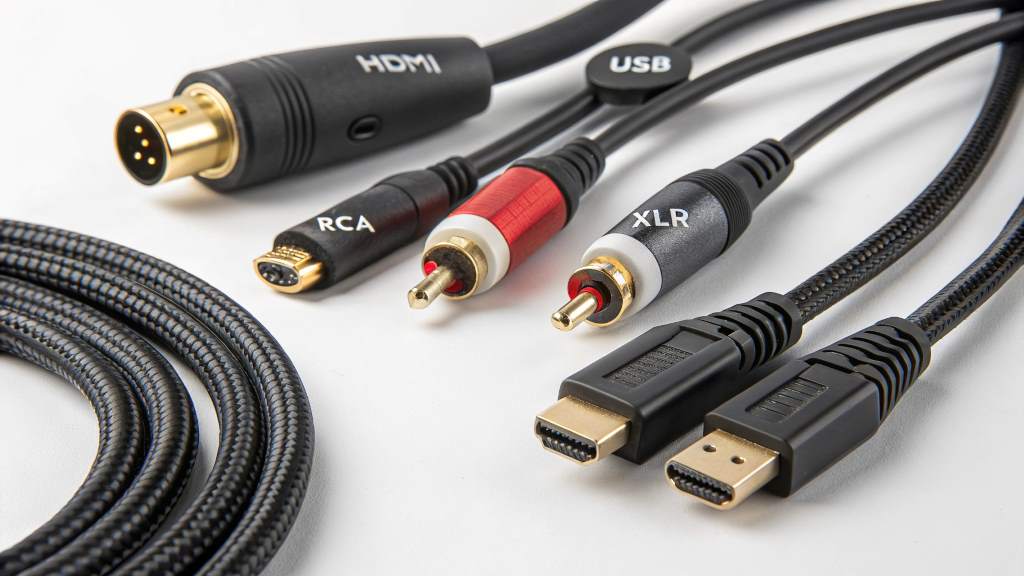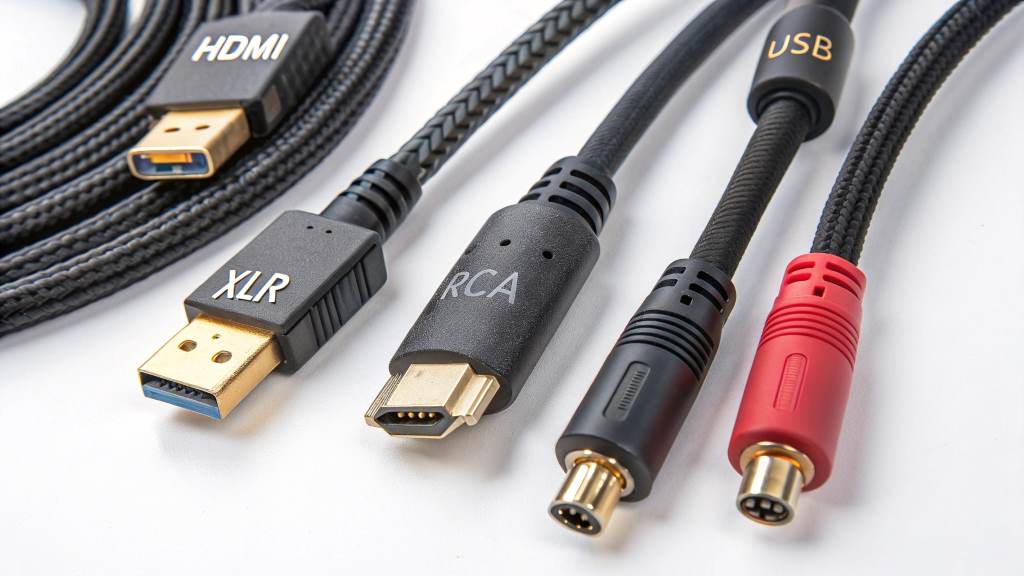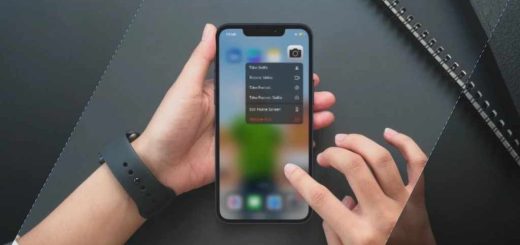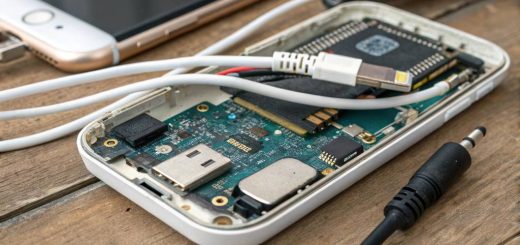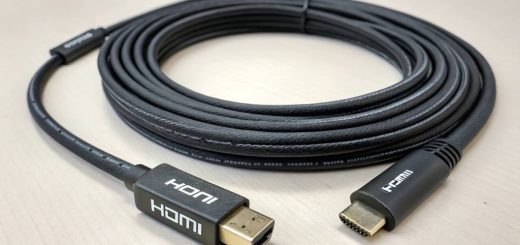The Best Kind of Cable for Transmitting Audio and Video: A Complete Guide
Choosing the right kind of cable for transmitting audio and video can be confusing. With so many options, each offering unique advantages, it’s easy to feel overwhelmed. Whether setting up a home theater, gaming system, or professional studio, selecting the right cable ensures high-quality sound and visuals.
This guide breaks down different cable types, their uses, and how to choose the best one based on your needs.
Understanding Audio and Video Transmission
Audio and video signals travel through cables in analog or digital formats. Analog cables carry continuous signals, while digital cables transmit data in binary code. The quality of transmission depends on factors like bandwidth, interference resistance, and compatibility with modern devices.
Some cables work better for short distances, while others maintain signal integrity over long runs. Knowing these differences helps you avoid poor-quality playback, lag, or signal loss, especially when using a flight simulator for a seamless and immersive experience.
Types of Cables for Audio and Video Transmission
1. HDMI (High-Definition Multimedia Interface)
Best for: Home theaters, gaming consoles, Blu-ray players, and modern TVs
HDMI cables are the most popular choice for high-definition audio and video. They transmit uncompressed digital signals, ensuring top-quality sound and visuals. HDMI supports 4K, 8K, and even 10K resolutions with the latest versions.
Pros:
- Supports both audio and video in a single cable
- Compatible with most modern devices
- Offers high resolutions and refresh rates
Cons:
- Cable length limitations without signal boosters
- Not ideal for professional audio setups requiring separate sound outputs
2. DisplayPort (DP)
Best for: Gaming PCs, high-refresh-rate monitors, professional video editing
DisplayPort is a powerful alternative to HDMI, often preferred for gaming and professional applications. It supports high refresh rates, multiple displays, and superior audio quality.
Pros:
- Higher bandwidth than HDMI
- Supports daisy-chaining multiple monitors
- Ideal for professional-grade displays
Cons:
- Less common in consumer electronics
- Requires adapters for compatibility with HDMI devices
3. DVI (Digital Visual Interface)
Best for: Older monitors, projectors, some gaming setups
DVI was the standard before HDMI became widespread. It supports high-definition video but does not carry audio signals.
Pros:
- Good for older systems
- Supports 1080p resolution
Cons:
- No audio support
- Less common in modern devices
4. VGA (Video Graphics Array)
Best for: Legacy equipment, older projectors, analog monitors
VGA cables are almost obsolete but still used for older devices. They transmit analog video signals, making them unsuitable for modern HD displays.
Pros:
- Works with older equipment
- Available in long cable lengths
Cons:
- Lower video quality compared to digital cables
- Prone to signal interference
5. RCA (Composite and Component Cables)
Best for: DVD players, older TVs, analog audio systems
RCA cables come in two types: composite (single video cable) and component (three video cables). They transmit analog signals and are mostly found in older systems.
Pros:
- Widely available for older devices
- Supports both audio and video
Cons:
- Lower quality than HDMI or DisplayPort
- Not suitable for high-definition video
6. Optical (TOSLINK) Cable
Best for: Home theater sound systems, high-fidelity audio
Optical cables use fiber optics to transmit audio signals without interference. They are ideal for surround sound systems.
Pros:
- Immune to electromagnetic interference
- Provides high-quality digital audio
Cons:
- Not as common as HDMI for audio
- Fragile compared to copper cables
7. 3.5mm Auxiliary (AUX) Cable
Best for: Headphones, car audio, portable speakers
AUX cables are simple and widely used for transmitting analog audio. They connect smartphones, laptops, and speakers easily.
Pros:
- Compatible with many devices
- Portable and inexpensive
Cons:
- No video support
- Can introduce signal noise over long distances
8. XLR Cables
Best for: Professional audio recording, live performances, studio equipment
XLR cables are the standard for professional audio. They provide balanced audio signals, reducing interference.
Pros:
- Excellent sound quality
- Noise-resistant
Cons:
- Bulky and expensive
- Not used for video
How to Choose the Right Cable
1. Consider Your Devices
Ensure your cable is compatible with your equipment. Newer devices mostly use HDMI or DisplayPort, while older ones may require VGA or RCA. Hatchful AI can help you identify the best options based on your setup and needs.
2. Determine the Required Quality
For the best experience, choose digital cables over analog ones. HDMI and DisplayPort provide superior quality, while RCA and VGA are outdated.
3. Cable Length Matters
Longer cables can cause signal degradation. Use active cables or signal boosters for long runs. Optical and HDMI cables have specific length limitations.
4. Check for Interference Resistance
Optical and XLR cables offer superior resistance to interference. Unshielded analog cables, like RCA and AUX, may introduce noise.
Common Problems and Solutions
Problem: Poor Audio or Video Quality
Solution: Use a higher-quality cable with better shielding. Ensure connections are secure.
Problem: No Sound from HDMI Connection
Solution: Check the device’s audio settings and ensure HDMI audio is enabled.
Problem: Signal Loss Over Long Distances
Solution: Use signal boosters or active cables for HDMI, DisplayPort, or optical connections.
Future Trends in Audio and Video Cables
Technology is shifting toward wireless solutions, but cables still provide the most reliable transmission. HDMI 2.1 and DisplayPort 2.0 are pushing higher resolutions and refresh rates. Optical fiber advancements may replace copper cables for ultra-high-speed connections.
FAQs
1. What is the best kind of cable for transmitting audio and video?
HDMI is the best overall, offering high-definition audio and video in one cable. DisplayPort is ideal for gaming and professional use.
2. Can I use an HDMI to VGA adapter?
Yes, but the quality will decrease because HDMI is digital and VGA is analog. A converter is required.
3. Do longer cables affect quality?
Yes. Longer cables can degrade signal quality. Active cables or boosters help maintain performance.
4. Are optical cables better than HDMI for audio?
Optical cables are excellent for pure audio, but HDMI supports higher audio formats and video simultaneously.
5. What’s the difference between composite and component RCA cables?
Composite uses one video cable, while component uses three for better quality. Component is superior but still outdated.
Conclusion
Selecting the right kind of cable for transmitting audio and video ensures the best experience for your setup. HDMI remains the top choice, but DisplayPort, optical, and XLR cables serve specific purposes. Consider your needs, device compatibility, and distance before choosing. A well-chosen cable guarantees high-quality sound and visuals for years to come.

